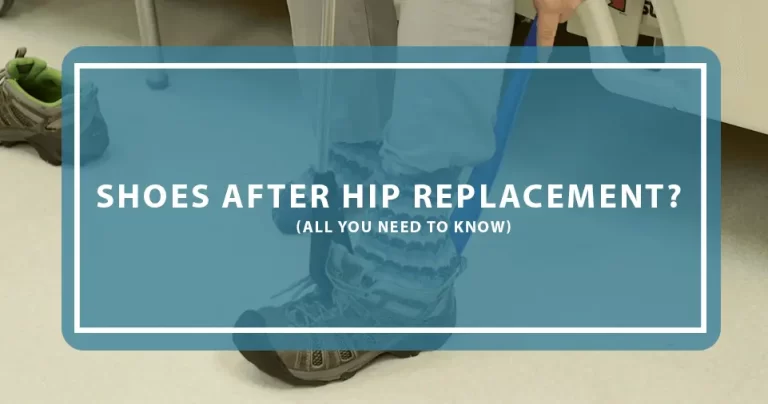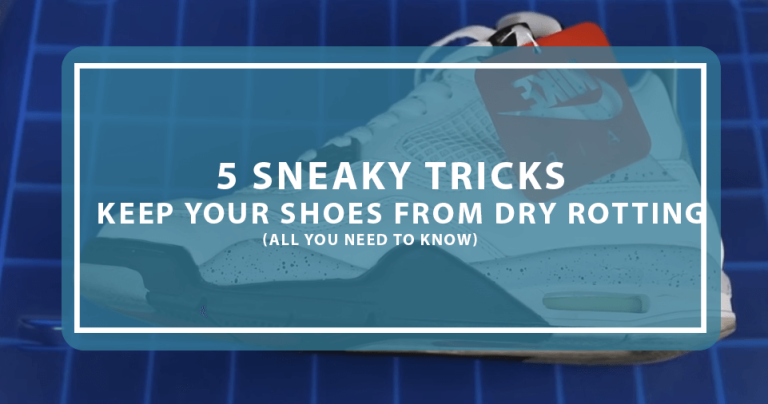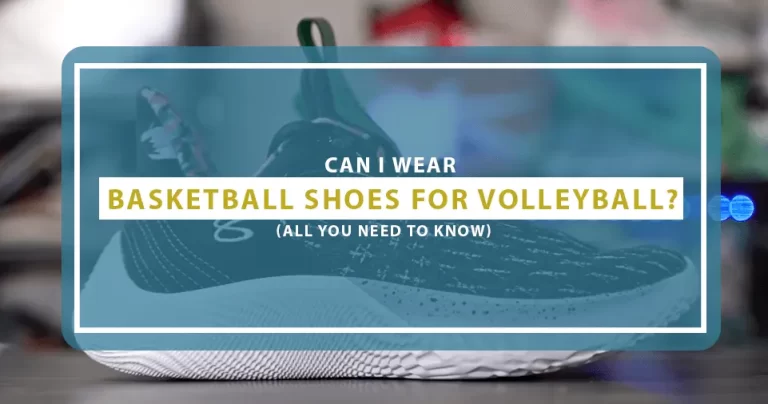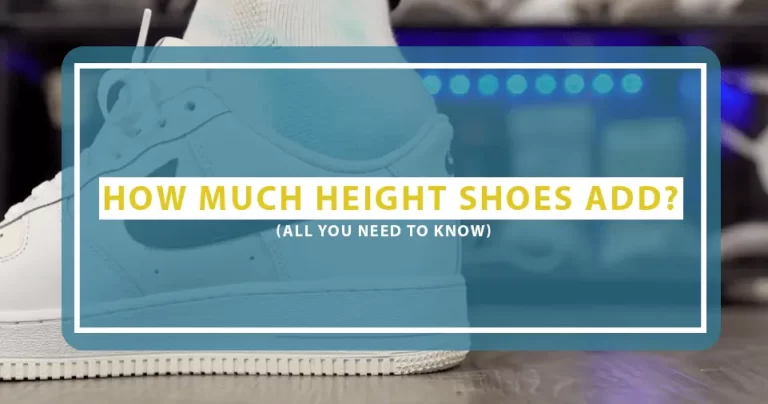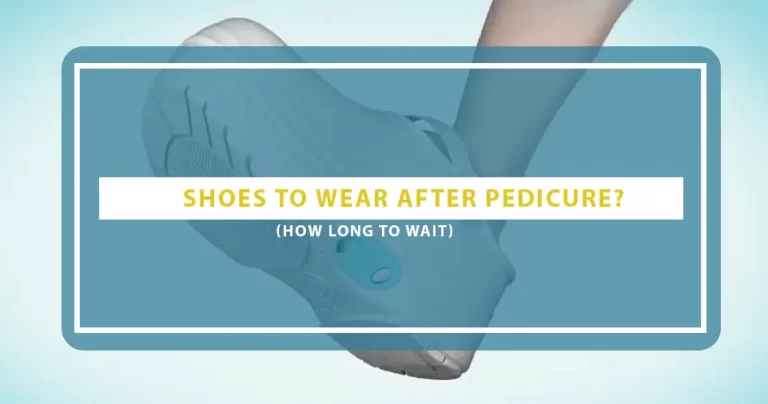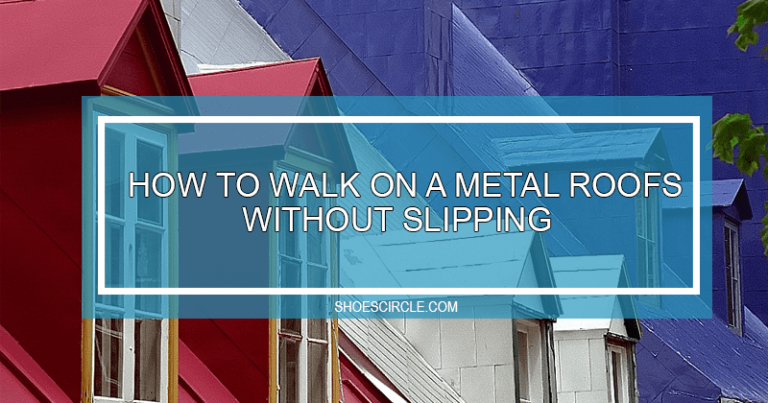5 Compelling Reasons to Wear a Walking Boot for Speedy Recovery
When it comes to ankle and foot injuries, it’s hard to find the support and ongoing care that accelerate the speedy healing and recovery. Foot and ankle injuries are common these days and numerous affecting daily. In fact, according to research of American Orthopedic foot and ankle society, More than 25,000 individuals sprains their ankle each day.
You may have had surgery recently, experienced a fracture or simply hit your toe accidently. During such a situation, you need a tool that speeds up the healing process, which is a walking boot. The purpose of walking boots is to add stability, balance, and avoid weight on the fractured foot.
In this article, we will look at deep insights of particular reasons to wear walking boots, facts, expert views and how it can help you to strengthen your healing.
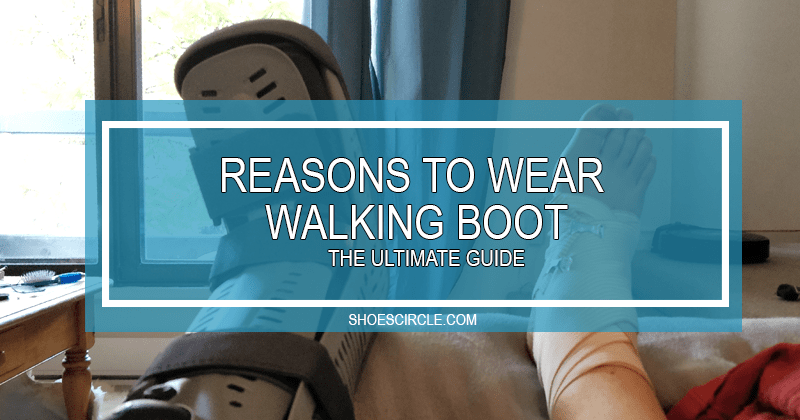
5 Reasons to Wear a Walking Boots for Quick Recovery
Injuries are common in everyone’s life and some of them are widely related to your foot or ankle. After applying essential remedies, doctors usually recommend using some sort of walking boot. These boots are highly capable to provide ease in walking especially the hard rocker sole and extra protection build features help to reduce foot mobility.
You cannot take rest for almost 4 to 6 weeks and no doubt everyone wants to walk a few steps. The only thing you need to utilize is the proper walking boot.
These boots are commonly used for almost all kinds of common and serious injuries related to the foot, ankle, and lower leg.
Some of the injuries were walking boots that gave relief. For foot surgery, ankle surgery, a severe foot and ankle sprain, tendon injury, toe and Foot Fracture, bone injury, Shin splint etc.
1-Enhanced Stability and Support
Wearing a walking boot offers several great benefits, with enhanced stability and support being one of the most important.
Unlike regular shoes, walking boots have sturdy soles and adjustable straps that keep your foot and ankle securely in place. This extra stability reduces the chances of additional injuries and helps the affected area heal more efficiently.
Walking boots also come with special features, like a rocker sole, which make your walking pattern more natural. By encouraging proper alignment of your foot and distributing weight evenly, walking boots create the perfect conditions for optimal healing.
So, when you wear a walking boot, you’re not only giving your injured foot or ankle the support it needs but also allowing it to recover in the best possible way.
2-Facilitating Proper Healing
Proper healing is crucial for a complete recovery, and walking boots are incredibly important in helping this process.
They work by keeping the injured foot or ankle steady and preventing excessive movement that can hinder healing. By keeping everything in place, walking boots help the bones, ligaments, and tendons align properly, which promotes the growth of strong and healthy tissue.
Additionally, walking boots help alleviate strain on the injured area by distributing weight evenly and providing cushioning. This reduces the pressure on the affected structures, allowing them to heal without unnecessary stress or tension.
Overall, walking boots are designed to support and protect the injured foot or ankle, ensuring a smooth healing process.
3-Pain Relief and Comfort
Walking boots are made to prioritize your comfort. They typically have soft insoles and padding that absorb shocks, making it more comfortable to walk and engage in activities that involve putting weight on your feet.
The extra support and proper alignment provided by walking boots help relieve pain caused by foot and ankle injuries. This means you can move more freely while you’re healing, without experiencing as much discomfort.
4-Mobility and Independence
When you’re injured, it can really affect how well you can move and be independent. But guess what? Walking boots come to the rescue!
They let you keep some mobility while you’re healing. How? Well, these awesome boots provide stability and support, so you can move around with more confidence. They reduce the risk of making the injury worse, which is great!
Now, here’s another cool thing about walking boots: they help you stay active during your recovery. That’s important because it prevents your muscles from getting weak and keeps you feeling good overall.
With walking boots, you can still do everyday activities like taking short walks or doing light exercises, all without messing up your healing process. So, stay on the move with your walking boots and keep that healing going strong!
5-Faster Recovery and Reduced Rehabilitation Time
Wearing a walking boot can be really beneficial when you’re recovering from an injury. It helps you heal faster and makes your rehabilitation process shorter.
How does it work? Well, the walking boot keeps your injured foot or ankle steady and provides the right support, creating the perfect conditions for healing.
This means you’re less likely to hurt yourself again or experience any setbacks along the way.
When your healthcare professional recommends wearing a walking boot consistently, it’s because they know it can speed up your recovery.
By following their advice and wearing it as instructed, you’re giving your injured area the best chance to heal properly. And the good news is, it could potentially reduce the overall time it takes for you to regain your normal mobility.
Things to Know Before Wearing Walking Boots
We know that these walking boots are used to make protection and comfort for the foot but it does not mean you start walking like normal days. It also needs care while you wearing a walking boot.
There are a few activities that you should be aware of.
1-Wear a boot correctly
Your all comfortable walking experience widely depends on how you wear your boot. Ensure that the affected area is protected and the boot you wear perfectly fits the fracture area. Moreover, it does not cause any mobility while walking.
Take a session from your physician in case if you don’t know how to apply a boot on foot or follow the above-mentioned guide.
2-Don’t walk during rainy days or wet boot
Wearing a wet boot will expand the healing process and cause pain, always don’t wear the boot if it’s in wet condition. If you feel some moisture in the boot, keep waiting until it is dry.
Always use waterproof plastic on the boot when taking the shower. Sweat can also cause moisture, get a sock that helps to keep your foot dry.
3-Get a particular boot size for your foot
A fit boot size is also a factor if you want stable and mobility-free walking. There are lots of brands in the market that are manufacturing walking boots and those have different size-making charts. If you intend to buy a boot online go through the size chart usually they provide in the store.
4-Wear shoe balancer
To maintain balance to avoid falling, the recommended step is to wear any shoe balancer that gives the same height according to the walking boot.
In order to get extra height on other footwear, you can utilize any shoe inserter OR if you afford shoes that is high enough for balance.
5-Walk less
Taking a safety precautions is its own side but if you walk continuously like on normal days, this can harm your fracture. Always try to reduce the stress on the foot.
Tips for wearing a walking boot
A walking boot is particularly designed for ease in wearing and walking but somehow it needs some guidance to wear. Always take a guide from the doctor; it will help you where you don’t need to force on the fracture area directly.
Here we also have a prominent guide that helps you to apply the boot comfortably
Following is a step-by-step guide on how to wear a walking boot comfortably and easily
- Take a seat where you are easy and feel comfortable
- Now open all the straps, and put your foot from the heel( make sure the heel is place at the back of the foot
- Start closing the foam line all the way from toe to up.
- Insert the foam pads if you feel some gaps
- Start closing the Velcro straps from the bottom, it should be tight enough to reduce the mobility of the fracture area.
- Give some movement to the foot and check the gap if it needs extra pads
- Take a test walk and analyze if it needs more customization
Types of Shoes to Wear with Walking Boots
To maintain natural and stable steps with walking boots, it’s necessary to have both pairs at the same level. A walking boot usually comes with a rocker sole that gives extra height to those boots.
If you want to achieve such a format, it can be possible in two ways, one is to use a shoe balancer to adjust the height and the other is to get a shoe that is designed to give an extra hike.
The balancer shoe you intend to buy must have the following features, I hope you will get a better one.
- Nonslippery
- Height of the shoes
- Easy to use and movement
How many hours a day should you wear a walking boot
It depends on the type of fracture; 2 to 3 hours to spend each day on the ankle. Always wear a boot and socks whenever on your feet. If you feel uncomfortable and feeling pain, stop walking in such a situation and make an appointment with your doctor.
Does there any Side effects of wearing a walking boot?
Wearing walking boots can cause swelling, and redness around the pain area and increase the temperature of the fracture spot. It’s common if you wear a walking boot for a long time with such a tight format.
Using walking boots for a long time can cause some unwanted effects. These may include skin irritation and sores because of the rubbing and friction, weakening and shrinkage of muscles in the affected leg, stiffness in joints and reduced ability to move them, and changes in balance and walking style that raise the chance of falling.
To prevent these issues and help you recover better, it’s important to keep a check on your progress, take care of your skin, do specific exercises for rehabilitation, and pay attention to your balance and coordination.
Short vs. tall walking boot
The short vs. tall boot actually highly related to your type of fracture, you cannot pick them without knowing or the doctor’s advice.
A short boot is usually recommended for normal injuries or toe and foot fractures where the ankle does not directly involve. You can utilize a short boot for foot surgery or a broken toe.
On the other side, a tall boot is used for serious injury where the ankle and the lower leg need more support and protection.
The conclusion:
The first and foremost thing is always to hear your doctor’s advice and recommendation, don’t force yourself to walk if you feel uncomfortable or cause any pain.
For stable walking, wear a boot that fits you well and does not add mobility to the fracture area. Follow the guidelines of the doctor, on how you need to apply the boot on the injured foot or toe.
I hope, the guide will add a good side about walking boots and aiming it to accelerate your healing process.
Recommended: 10 Best Walking Boots for Foot Fracture and Broken Toe

Nancy is an exceptional copywriter and professional content researcher who writes engaging content that sparkles businesses and companies’ online presence.

